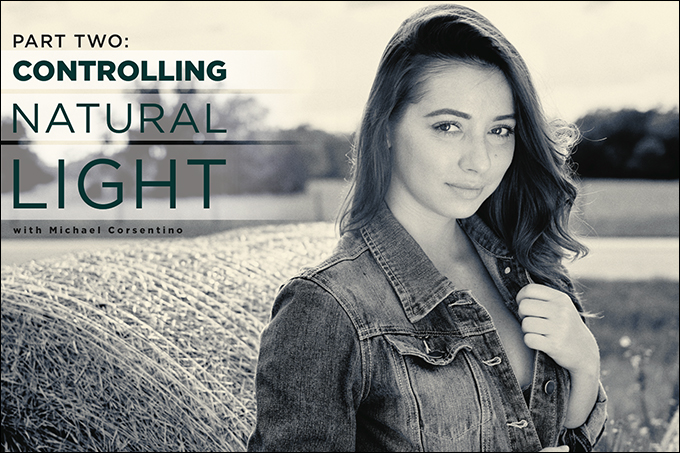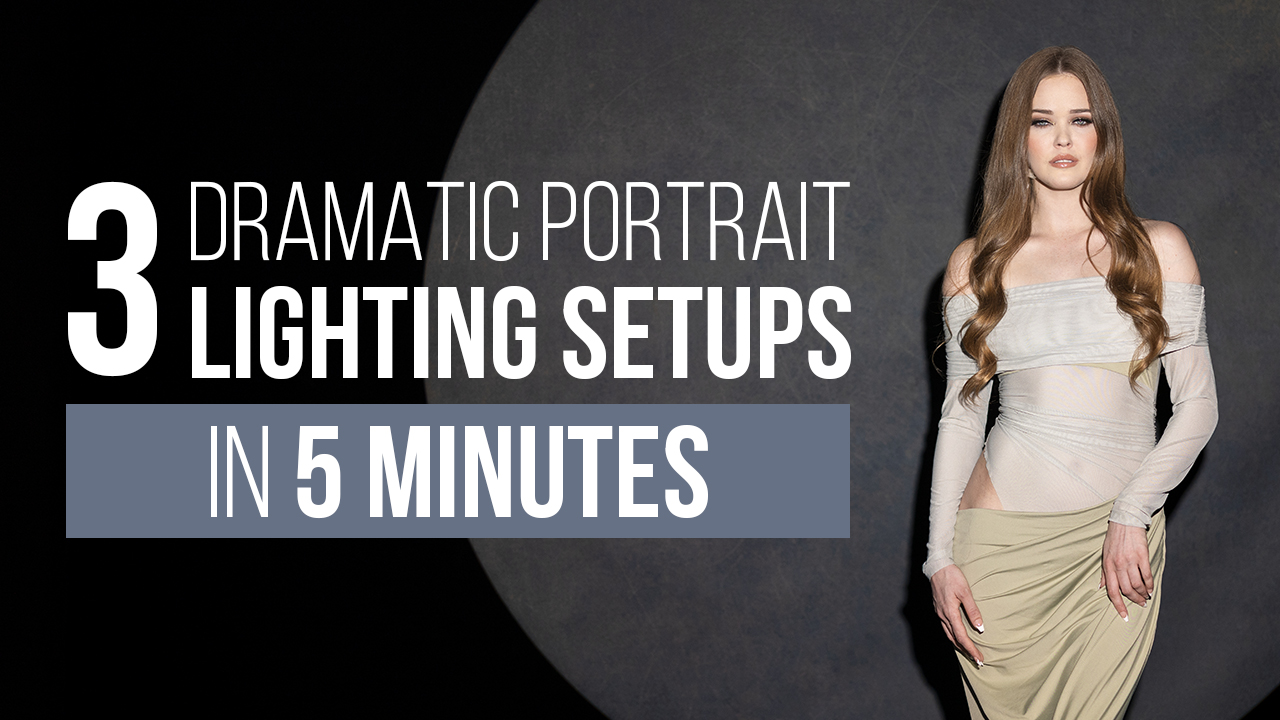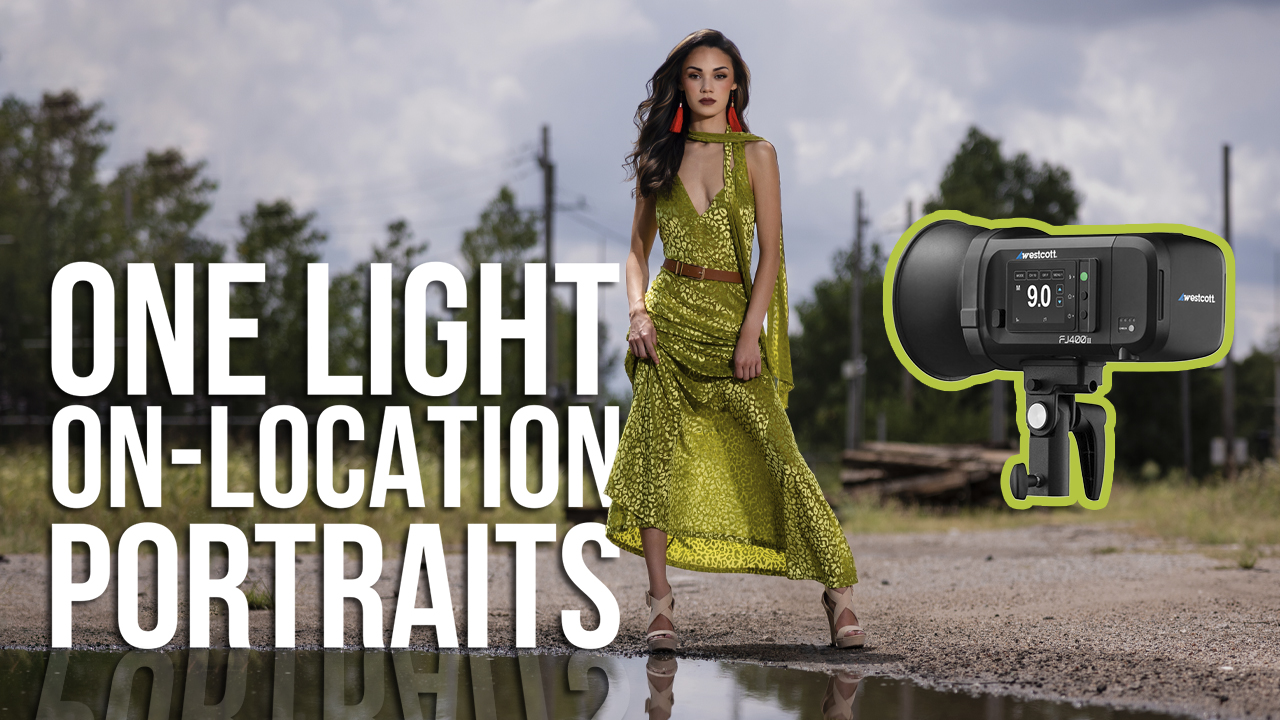Part Two – Controlling Natural Lighting : Bouncing and Backlighting
There’s always more than one way to solve a lighting problem. Last month we examined how to turn harsh midday sunlight into beautiful portrait light. We created beauty-style portrait lighting using the sun, a diffusion panel and reflectors. We looked at the worst-case scenario, where the sun is directly overhead and there’s no open shade available, to help us create the more pleasing even lighting generally required for beauty portraits. We used the sun as a key light and softened its harsh midday rays using a diffusion panel above our model, Ashleigh. Next we filled in any unwanted shadows using a white reflector placed below Ashleigh’s waist, creating a classic clamshell lighting pattern with natural light. Lastly, an additional reflector was used to create an accent light over Ashleigh’s right shoulder.
But there’s more than one way to skin a cat. As with artificial light, natural light is what you make of it. It’s all about decisions and intent. It’s about how you shape and control the light and which tools you choose to do that with. But with natural light, there are some major differences from artificial light to take into consideration. There are certain constraints that simply don’t exist with artificial light. You can’t move the sun, repositioning it where you want it, and you can’t set its intensity. You have to work with what you’ve got. Your ability to control the sun comes in the form of modifying its light and making informed decisions about what effects can be created and which techniques to use at different times of the day relative to the sun’s position in the sky. The sun’s quality of light at different times of day presents different challenges and yields different results, as well as opportunities.








